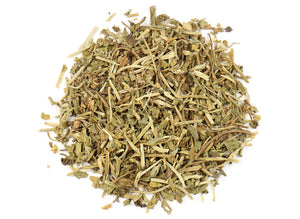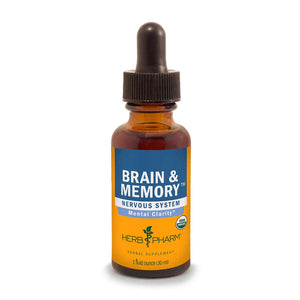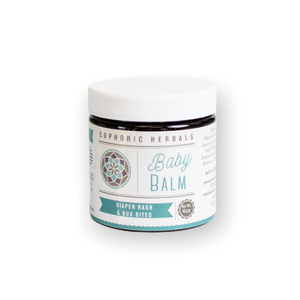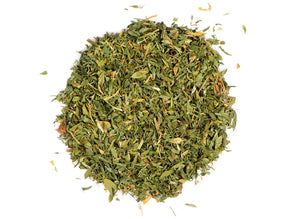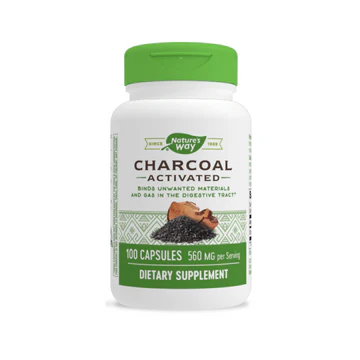If this is your first baby, you are likely to have questions about breastfeeding and latching. You’re wondering how it’s going to feel. Of course, it is important to know these things before the baby arrives so that you are prepared. You’ve got to know what a good latch feels like so that you know when it happens. Otherwise, your baby might not get enough breast milk and isn’t going to grow and develop at the proper rate.
The MER (Milk-rejection reflex) is a natural reaction and happens to your body when your baby breastfeeds. When the baby latches on and starts sucking, your body sends a message to the brain to release oxytocin and prolactin. Prolactin helps your body make more breast milk, while oxytocin triggers the release of it. Here you can learn how letdown feels, the symptoms, and how to stimulate your breast milk flow, as well as handling painful or slow letdowns.
The Signs of a Letdown
When you are breastfeeding, the breasts release their milk, and you could notice these signs indicating letdown reflex.
- Tingling, warm, or pins-and-needles sensation in the breasts
- Leaking or spraying breastmilk from the one the baby isn’t feeding upon
- Gulping from the baby while swallowing milk
- Baby dribbling milk
- Cramping of the uterus, similar to a menstrual period, especially soon after giving birth
- Baby weight gain with up to eight wet diapers each day
These are all signs that you want to see. Keep in mind that the symptoms for milk letdown can happen anytime, such as while you are showering, when you hear the baby cry, while you’re shopping, or during sexual activity.
Tips for Stimulating Letdown
You want letdown to happen because it is one of the most important things for successful breastfeeding. This is what allows the milk to flow from the breasts and to the baby. When everything works well, your baby gets enough nourishment to grow, feel satisfied, and put on weight. Here are a few tips to help encourage milk letdown:
- Take a hot shower or apply warm towels to the breasts right before breastfeeding.
- Massage the breasts gently for a couple of minutes before feeding and continue massaging while nursing.
- Relax the mind and body so that you are stress-free and calm.
- Lie or sit down in an area that is quiet and without distractions.
- Allow for skin-to-skin contact by placing the baby on your chest.
- Take Motrin or Tylenol about an hour before you feed your baby if you still experience childbirth pain.
- Smell, touch, and look at your little one.
It is best to keep the same routines before feeding your baby. Letdown is a reflex, but you can condition the body to do it at specific times. Be consistent, and your body is going to recognize those things as signals to indicate that you are preparing to breastfeed.
How It Feels
Letdowns often happen multiple times while you feed. However, you’re only likely to feel that first one. When it happens, you could experience:
- Tingling
- Pins and needles
- Burning
- Warmth
- Pressure
You could experience some mild pain or a bit of discomfort. Some women don’t feel anything, while some have strong sensations.
What if You Don’t Feel the Letdown?
It doesn’t mean anything is wrong if you don’t feel the milk let down. Some women never notice it. Others feel it strongly at the beginning and then less with time. As long as you can see that your baby has enough milk and is growing properly, there is nothing about which to worry.
However, if you don’t experience the signs of a proper letdown, it could be an indication that your breast milk supply is low. If that happens, you should talk to a lactation consultant or your doctor to get help.
Possible Problems with Letdown
Sometimes, letdown doesn’t work correctly. It might be difficult, slow, hyperactive, or painful. This could cause issues with breastfeeding or decrease your supply of milk because the baby can only get small amounts with each feeding.
Slow/Difficult Letdowns
Causes for difficult or slow letdowns can include:
- Embarrassment
- Exhaustion
- Cold temperatures
- Pain
- Stress
- Use of alcohol
- Too much caffeine
- Smoking
If you have this problem, you may notice that your baby cries more frequently, refuses the breast, or bites down on it.
To offset this, you can massage the breasts before each feeding. It’s also possible to pump a bit of breast milk before your feeding, which can stimulate letdown. Once the milk is flowing, let your baby feed.
Try to avoid soda and coffee, but drink plenty of fluids and stay hydrated.
Painful Letdowns
A painful letdown can make it uncomfortable to breastfeed, so you may try to do it less. This could lead to early weaning and a low supply of milk. If you have painful letdowns, consider these tips:
- You may have developed thrush. Call your doctor and get advice.
- Ask your doctor if it’s safe to take pain relievers, such as ibuprofen or acetaminophen.
- Quickly seek treatment for breast engorgement, sore nipples, and an overabundance of breast milk.
Hyperactive Reflex
If your letdown is hyperactive, too much milk flows out of the breast. The baby might pull off and start gagging. You might also see leaking or spraying from the breasts.
If this happens, your baby could swallow more air to keep up with the flow. This leads to fussiness and gas. Consider expressing some of the milk first and let your baby feed once the flow slows down.
Conclusion
When you start breastfeeding, your milk could letdown in seconds or minutes. If it takes a bit for it to happen, don’t worry. As you continue breastfeeding, your body is going to adjust and recognize that it is time to feed. Before you realize it, you’re going to feel those letdown sensations when you think of your baby or hear them cry.
Of course, there could be some letdown problems. Remember, breastfeeding should never be painful, and you need to ensure that your baby is getting enough breast milk. Therefore, talk to your doctor if you have questions or concerns.
Please fill out our contact form if you liked this article and have questions.








































